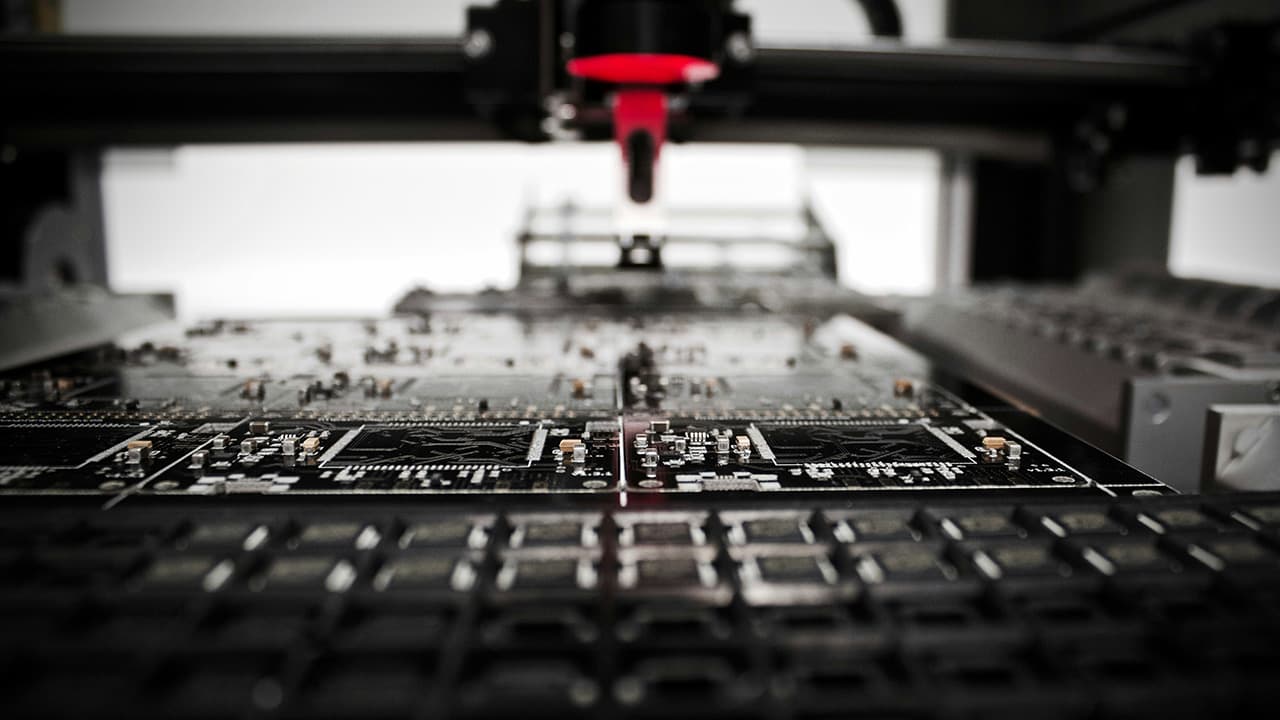Understanding How Computer Chips Work
Often smaller than a postage stamp, computer chips are powerhouses of complexity and capability. They're at the heart of everything electronic, from smartphones and laptops to washing machines and sophisticated digital cars. Have you ever wondered what goes on inside these chips? Let's explore their magic in simple terms!
What is a Computer Chip?
A computer chip, also known as a microchip or an integrated circuit, is a miniature electronic circuit made from semiconducting material, primarily silicon. Why silicon? Because it’s abundant and has ideal properties for processing and controlling electrical signals. These chips are designed to perform a variety of tasks, from basic data storage to complex computational processes.
The Silicon Block Party
Imagine silicon as a tiny sandbox where billions of components such as transistors, resistors, and capacitors play together. Transistors, the most crucial players in this arena, act as mini switches. They control the flow of electrical current by turning on and off, allowing the chip to perform logical operations or calculations.
These transistors are unbelievably small; millions can fit on a single chip. They are packed tightly together into a small square or rectangle called a die, which is then encapsulated inside a protective case with pins sticking out. These pins connect the chip to the broader world of the device it’s functioning within.
A Symphony of Signals
Every task a chip performs starts as a set of instructions from a program. Think of this program as a music conductor, guiding orchestras (or chips, in our case) on what to play. When you press the power button on your computer or tap an app icon on your phone, you’re essentially telling the chip to start reading and executing these instructions.
These instructions are communicated through electrical signals that zip around the chip at lightening speed. This process can be broken down into input, processing, output — similar to baking a cake where you (input) mix ingredients according to a recipe (processing) to create a finished cake (output).
How Do Chips Understand Instructions?
The heart of the chip is its ability to process instructions, which it does through a combination of millions of transistors. The instructions are in the form of binary code — a series of 1s and 0s. These numbers might not mean much to us, but to a computer chip, it's a clear directive.
For example, when a specific pattern of 1s and 0s tells two transistors to switch their states (one turning on and the other turning off), it manipulates the current flow in a way that represents a simple arithmetic answer, like 2 + 2.
More Than Just Math
Apart from performing arithmetic, chips also make logical decisions. Using gates within the chip’s architecture, they can decide outcomes by comparing inputs. Let’s say, whether you’re at the minimum age required to play an online game. These logical operations are fundamental for the chip to process varying types of data and make decisions, thus providing functionality to software applications.
The Role of Memory
As chips process instructions, they often need to retrieve and store information. They accomplish this with the help of different types of memory embedded within them or connected externally on the device. RAM (Random Access Memory) allows the chip to access data quickly for active tasks, while other types of storage, like flash memory, provide longer-term data retention.
The Evolution of Chips
Over the decades, chips have evolved dramatically. The first chips could only perform simple calculations, whereas modern ones support billions of operations per second! Companies like Intel and AMD are continually developing newer technologies, making chips smaller, faster, and more power-efficient.
Why This Matters
Understanding how computer chips work isn’t just academic; it informs us about the technology shaping our world. Every advance in chip technology paves the way for new devices, smarter software, and more seamless integration of digital and physical worlds. These tiny silicon wonders are the building blocks of the modern digital age, enabling everything from managing global data traffic to streaming videos on demand.
So next time you swipe your smartphone or boot up your computer, remember there’s a micro-world of transistors rapidly firing away, making all that digital magic possible. Fascinating, isn't it?












